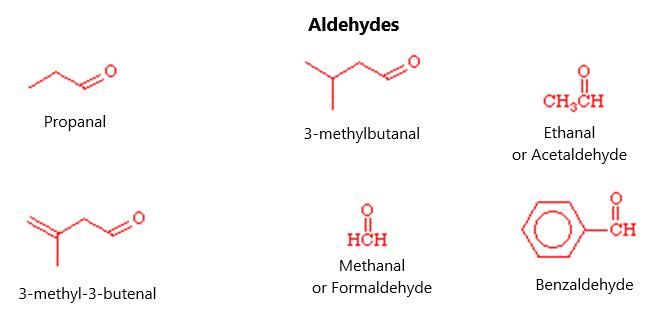like ionic compound with a high melting point, while methane, being non-salt-like, has a boiling point of -161 degrees Celsius. Methane or CH4 is mainly a covalently-bonded molecule. There is little electrostatic attraction between methane molecules (they are nonpolar) so that they boil at a very low temperature to become a gas. Hydrogen fluoride boils, on the other hand, 200 degrees higher than methane gas. This is because it is more ionic and has connections between the Hydrogen and Fluorine atoms through not only ionic bonding but also with hydrogen bonding between the HF molecules in chains and rings. This makes the boiling point higher. Because methane is nonpolar, it is inert to almost all reagents that could remove the hydrogen ion under anything but the most extreme conditions. It is therefore difficult to generate a CH3+ or CH3- ion, as these would be very reactive and just wouldn’t last long. In other words, you couldn’t make CH4 plus HF to make CH3F plus H2. This would require a cation of CH3+, which is not very stable in nature.
ORBITAL THEORIES While there are many ways to describe and write covalent bonds (which will be described later in this chapter), there are some concrete theories about how covalent bonds exist in organic molecules. While there is ionic bonding in organic chemistry, the most important bonding in this type of chemistry involves covalent bonds. You may have learned that covalent bonding involves the sharing of electrons but you may not know exactly how this happens. This introduces the topic of the valence bond theory, which describes how bonding happens in covalent molecules. According to this theory, there are two atomic orbitals around a pair of atoms—each orbital of which contains one electron. In sharing orbitals, the orbital pair will contain a stable set of two electrons. The H2 molecule is the simplest case of a covalently-bonded molecule. There are two spherical orbitals (1s orbitals) in each hydrogen atom, each with one electron in it. In the bonding of the two atoms, the electrons no longer are anywhere within the sphere but spend more time in that part of each sphere between the two nuclei, which holds the
7




























































